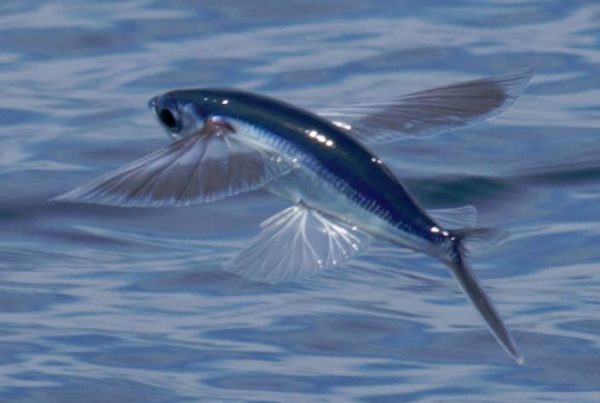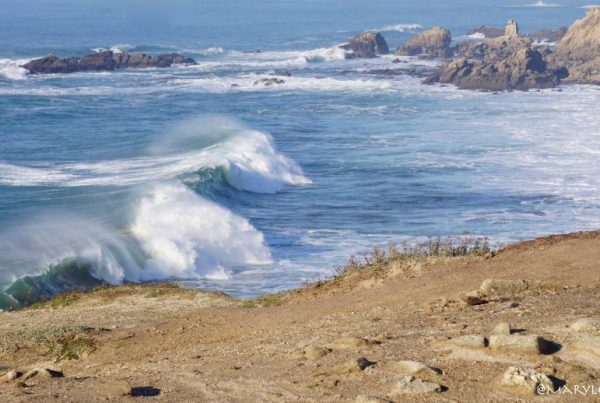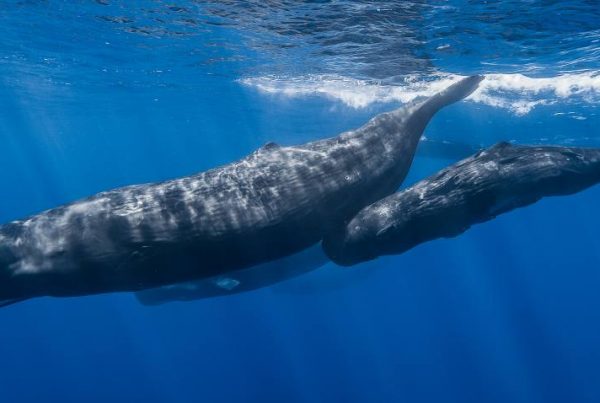
Concern for the effects of climate change is receiving more and more attention both among scientists, who are trying to predict these impacts, and the public, who is slowly getting more thoughtful about the environment and space we all share. Such greater interest opens the possibility to find ways to understand and mitigate the consequences that climate change could lead to.
However, first of all it is important to make it clear that annual and decade fluctuations on climate have been existed far before the most recent “climate change” issue. They are therefore natural phenomena. These fluctuations lead to changes in temperature and rainfall rates, higher probability of droughts and water shortages, as well as flooding, fires and timing of vegetation greening.
What is critical in this latest climate change occurrence is its speed. Human activities are having a major role in speeding up such process, and being the authors we should take the responsibility to do something about it.
If on one hand it is difficult to fully predict all the effects, also because some may be subtle or only indirectly linked to climate change, on the other hand we are already experiences them, most likely without paying much attention or giving enough importance. The reduction of sea ice, the oceans acidification and higher extinction rates of species are some examples.
Marine mammals, including cetaceans, present a varied distribution, hence the effects of climate change may differ a lot among species. Distribution shifts are probably the easiest to detect, with cold water and sea-ice dependent species experiencing habitat shrinkage or even loss (polar bears, narwhals, bowhead whales). The case of the 190 sea turtle hatchlings that were found frozen in Cape Cod waters in November 2018 are an example on how the rising of sea temperature may have increased their range, easily exposing them to the threat of extreme events such as freezing winds. At the same time the rising sea and sand temperatures thought to have influenced the sex ratio of green sea turtles in Australia, which at the starting of 2018 recorded over 99% of female hatchlings.
Changes in distribution are not only spatial though. Migratory species such as fin, blue and humpback whales, would need to adjust the timing of their migrations to better take advantage of foraging grounds where prey are themselves dealing with oceanographic variations.
Other less easy to predict effects include the spreading of marine pathogens and their potential intensification when coupled with pollution, habitat degradation and increase of energy expenditure to cope with new climate conditions.
Scientists are currently trying to find ways to predict as much as accurately what will happen. Indexes are created to help management decisions in order to set up priorities and focus on species that may be at higher risk of impact in this changing world.
Individually we can do a lot. Our decisions in our everyday life can make a difference on the triggering and developing of the impact. Reducing the transportation emissions is one example (by using public transportation, car sharing or using bicycle as well as reducing flying), but also shifting to renewable energy (solar and wind), consuming less and producing less waste, and buying local. It is only a matter of choices…and good will!
Climate change is not the only threat cetaceans are facing, but it is surely an urgent one (for this and other threats).
[Images sources from left to right: Terra Azul, Paul Nicklen at straight.com/news/, NOAA at fisheries.noaa.gov]


















Your thoughts on this?